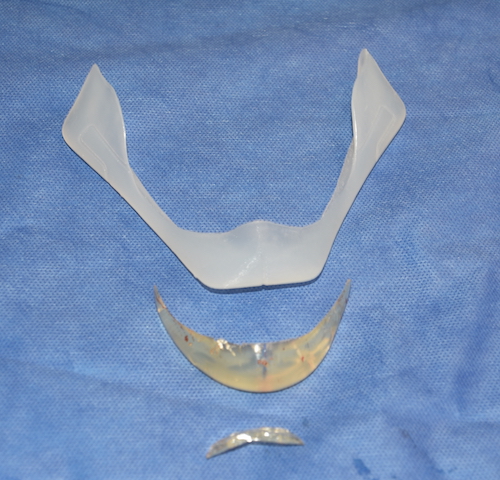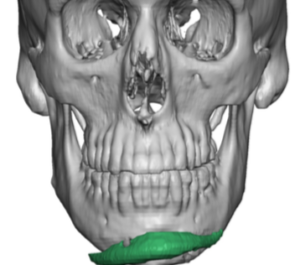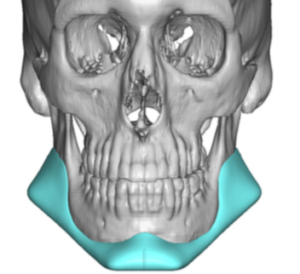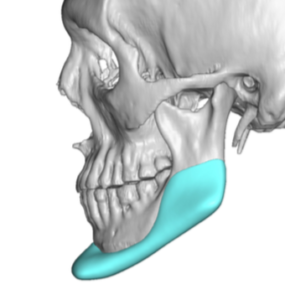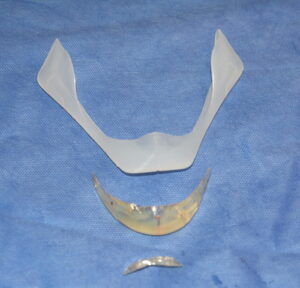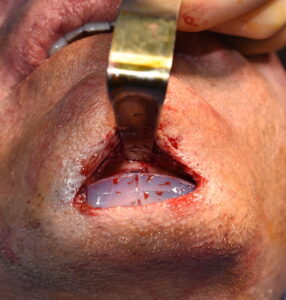Background: Chin augmentation by either an implant or a sliding genioplasty can be a very effective lower facial enhancement for many patients. But given the length and surface area of the jawline it is important to remember that it occupies only about 20% of the total surface area of the bony lower face. Thus it chin augmentation alone can be eventually perceived by some as having an incomplete lower facial effect, prompting the desire for a total jawline implant.
Graduating from a chin to a complete jawline implant carries with it some certain and uncertain considerations. The known effect of the existing chin implant allows the front end of the jawline implant to be designed with a fair amount of certainty. What lies within guides how to make definite implant shape and size improvements. The larger posterior/jaw angle implant design, however, has no indwelling implant to help guide how it should be made. This requires preoperative computer imaging and an understanding of jaw angle implant design principles. (for which there are no written guidelines as it must rely on surgeon experience)
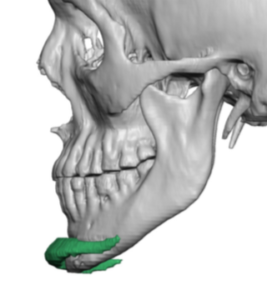
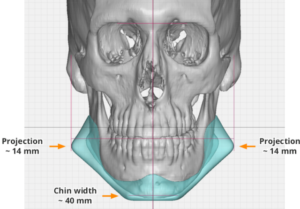
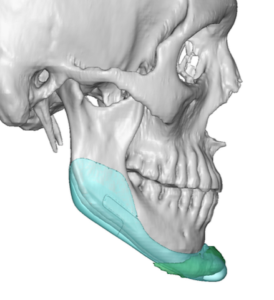
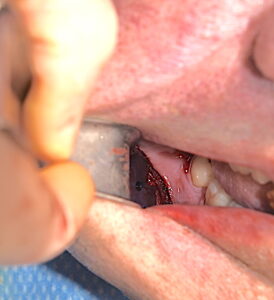
The stronger one goes with an initial chin augmentation the more likely the rest of the jawline will eventually look deficient by comparison. In this case with an initial 11mm chin implant (biggest that is made in standard sizes) his high jaw angles eventually became disproportionate in appearance.

Case Highlights:
1) Chin augmentation can eventually be perceived as a subtotal jawline effect, prompting the desire for a more complete jawline augmentation result.
2) The chin can be the most straightforward part of a jawline implant design when an indwelling chin implant exists.
3) Larger jawline implant designs are when each of the corners exceeds double digits in millimeter augmentations and/or the implant volume is well over 20ccs.
Dr. Barry Eppley
Indianapolis, Indiana

